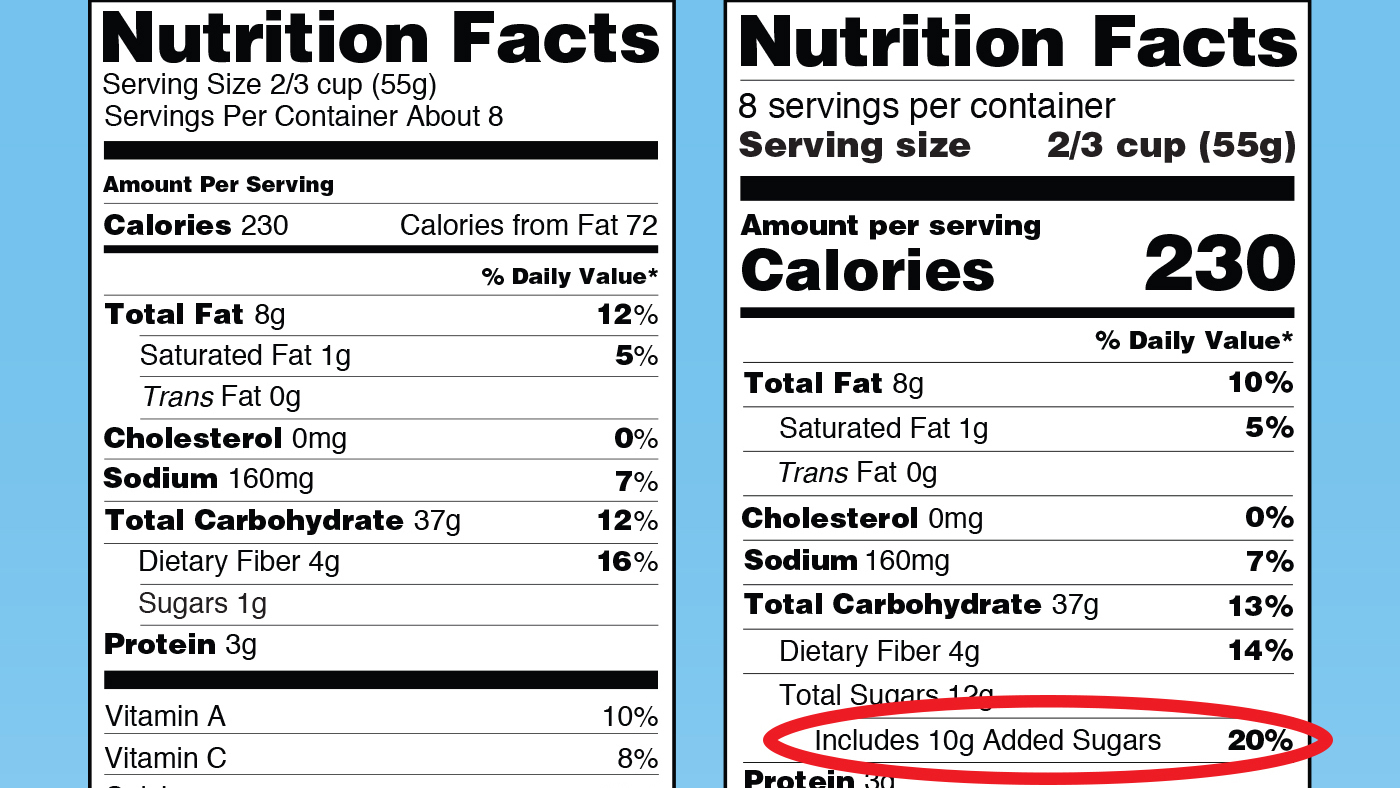The average American consumes an astounding 23 1/2 tsp of added sugar or 94 grams of sugar a day.
How much is that?
Well, the American Heart Association recommends us to consume no more than 25 grams of added sugar daily.
Which, is already far too generous in my perspective. The average American should be consuming near zero grams of added sugar a day as there is no physiological requirement for sugar and natural sugar can be found within many whole foods.
Why do we want to eliminate added sugar?
- High blood sugar, and eventually Diabetes.
- High blood pressure.
- High cholesterol. How can this be!? Since our liver releases the majority of our cholesterol, when it fills up with glycogen, or sugar complexes, then it is forced to convert the excess sugar to triglycerides.
- Cardiovascular Disease. High blood pressure combined with high cholesterol and blood sugar is a life-threatening combination.
- Obesity.
- Inflammation.
- Fatty Liver Disease.
And if you can somehow avoid any of those conditions, added sugar will still be replacing those nutrient-dense foods we should be consuming.
Where is added sugar found?
Nearly all processed food.
The primary culprits are the items you’d already assume to be littered with added sugar:
Cakes, ice cream, soda, juices, cookies, alcoholic beverages, sweetened cereals and so on.
But, where else can these added sugars be hidden?
Nearly all cereals, condiments like ketchup or BBQ sauce, tomato sauce, baked beans, granola, energy bars, protein bars, frozen foods, peanut butter, whole grain bread or crackers, non-fat products like salad dressing, flavored dairy products, dried fruit, fruit juices or smoothies, sports drinks, applesauce, and much much more.
How do we eliminate added sugar?
Eat whole foods. Prepare your own meals. Read the ingredient labels carefully.
Eat whole foods. Walk around the perimeter of the store. All the added sugar will be hidden throughout the inner aisles as sugar cannot be added to fresh produce or meat. Suggestion:
Make a list before you leave the house and walk the perimeter of the store before going in the aisles.
Prepare your own meals. While eating out it may be really hard to determine if the restaurant has added any sugar to their food o used any food with pre-added sugar. Best to avoid the uncertainty and make your own food. Suggestion:
Meal prep multiple meals at the beginning of the week. For example, use Sunday night to cook for Monday-Wednesday’s lunches and or dinners.
Read the ingredient labels carefully. The food industry has gotten very deceptive about how they include added sugar within your food. It will not simply be listed as sugar, no way, cause that would cause sugar to be listed high up on the ingredients label. What else may it be called? Well the list is long, here is a few: fructose, maltose, agave nectar, fruit syrup, and date sugar.
There is some good news though! By Summer 2018, nutrition facts labels will be required to provide the amount of added sugar in grams of each food. Below is an example of where the added sugar label will be included.
But for the time being, what should we do?
Simply shift towards a more whole food based diet. And when processed foods must be included, meticulously look for where added sugar may be hiding.
This article is contributed by Spencer Safty, River Bend Medical Associates’ Clinical Nutritionist.


